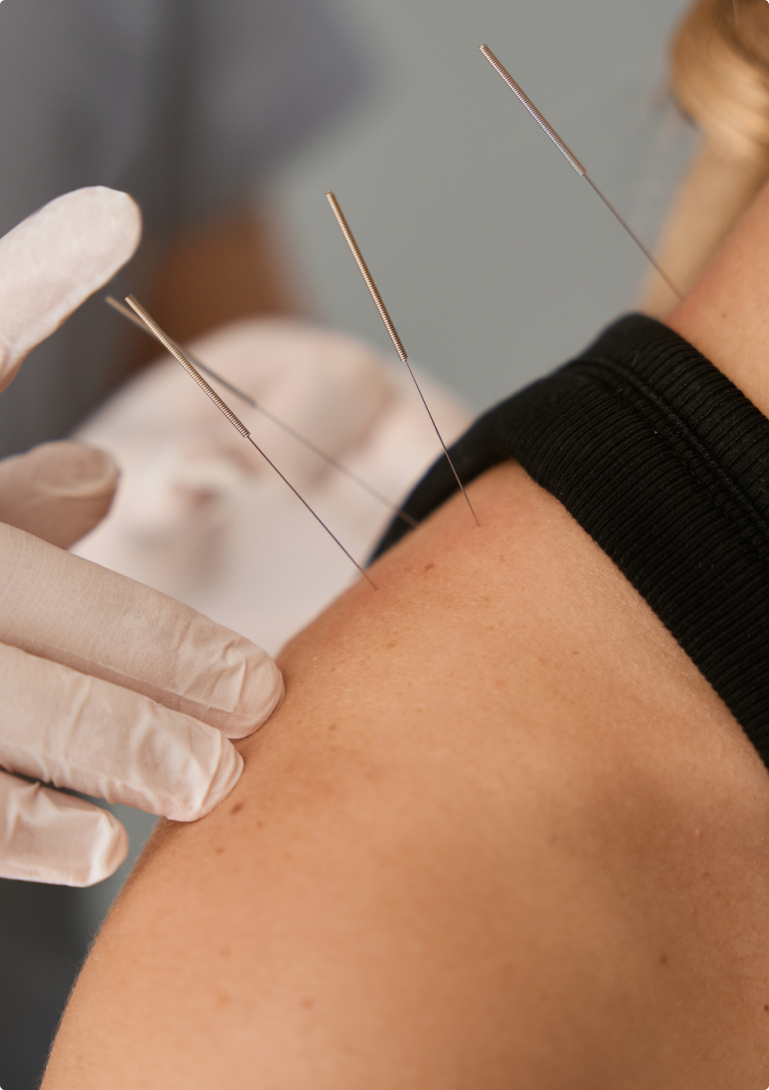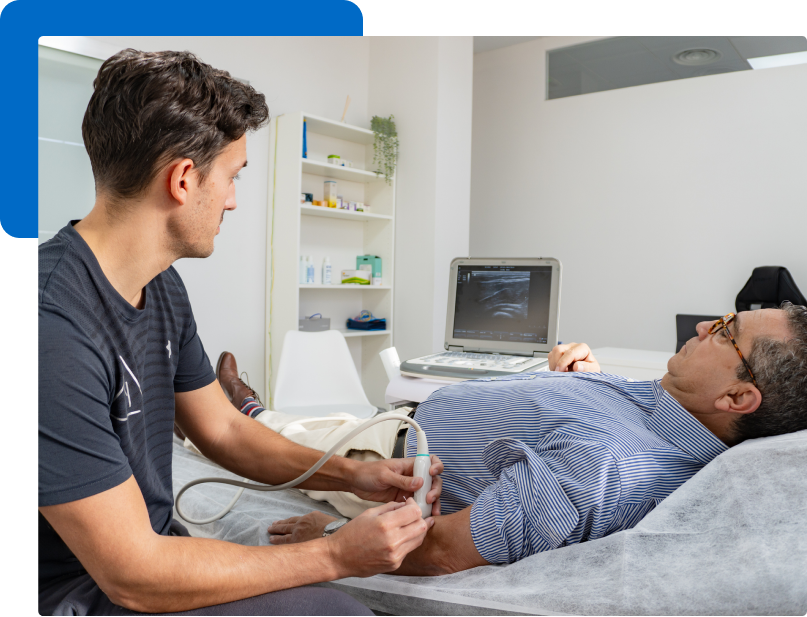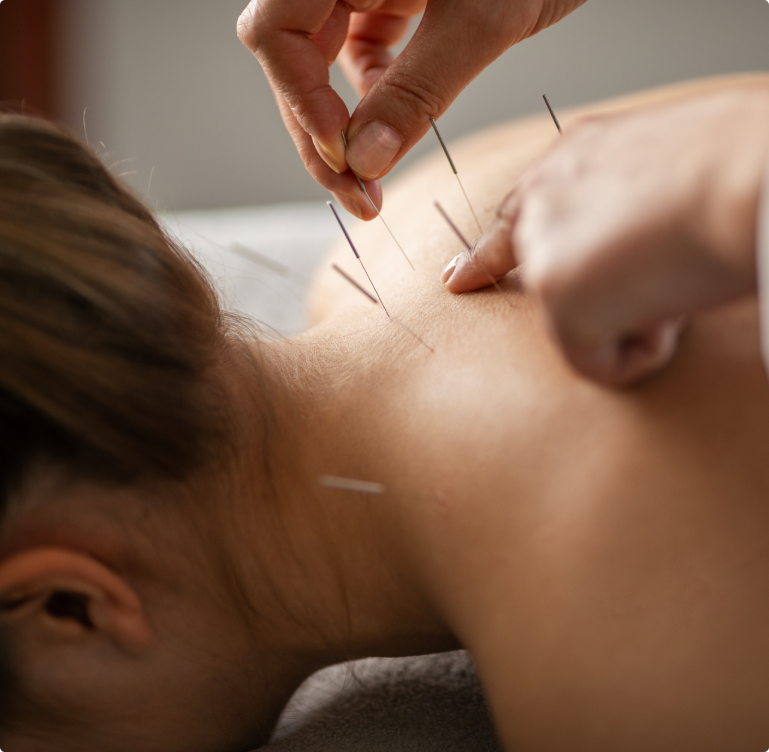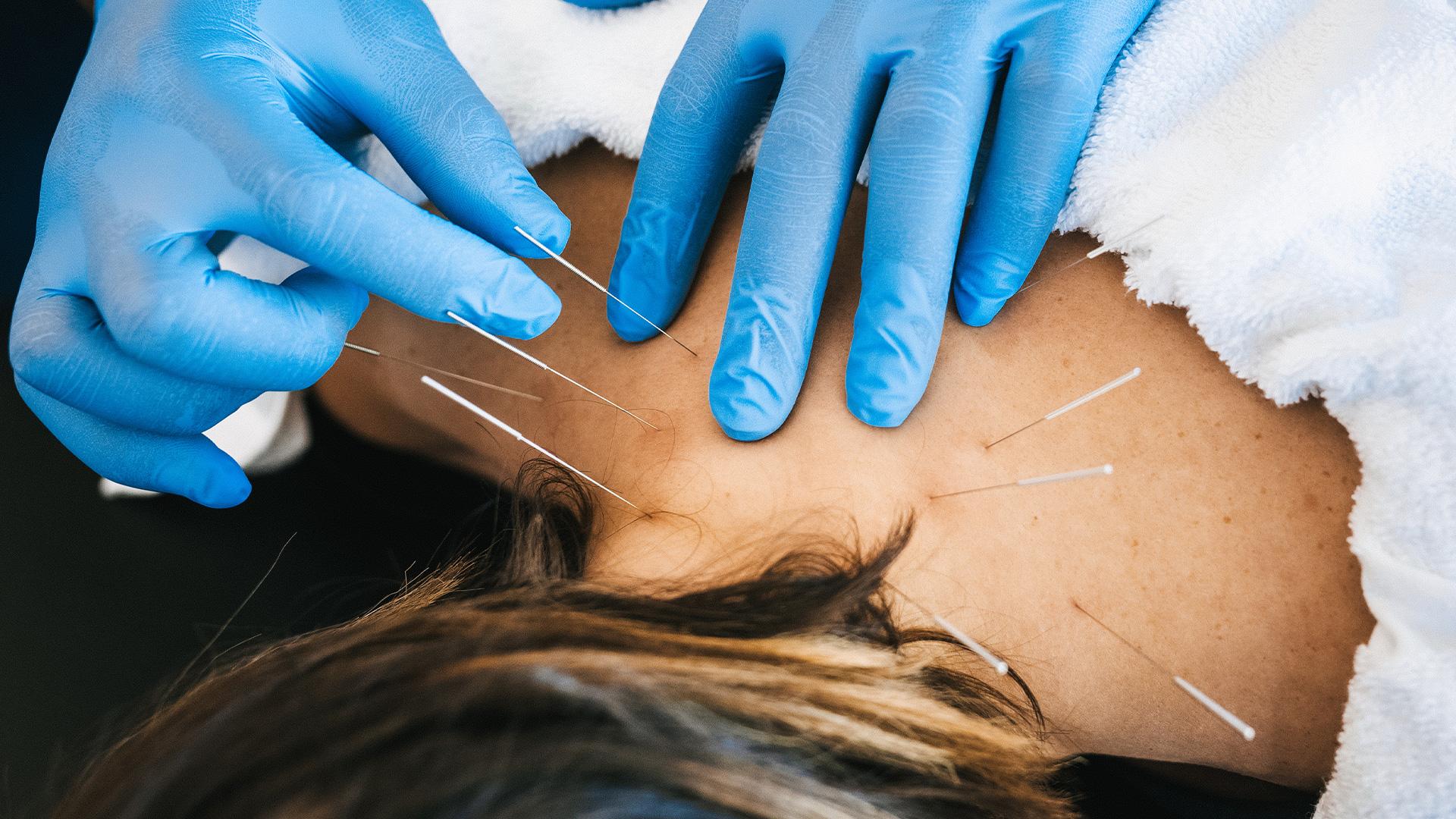This service is available at select locations. Please contact your preferred clinic for more information.
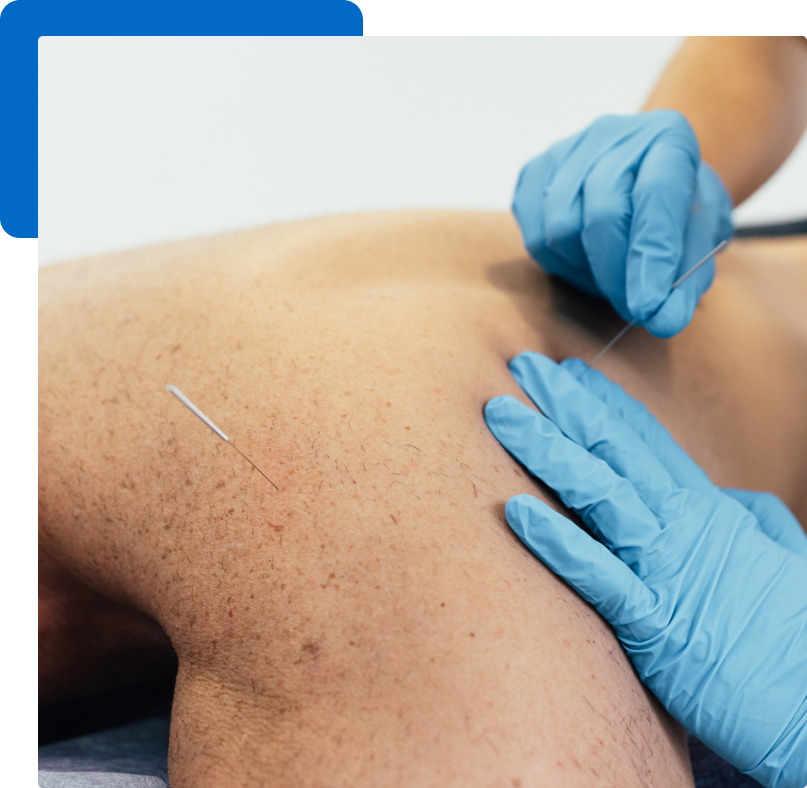
UNDERSTANDING DRY NEEDLING
Dry Needling and Physical Therapy
Dry needling is a technique commonly used in rehabilitation and pain management, often combined with treatments like exercise and manual therapy to help improve function and reduce pain. While it can be part of a physical therapy plan, its effectiveness—like many therapeutic approaches—comes from using the right combination of methods tailored to each individual.
Dry Needling as a PT Treatment
The primary benefit of dry needling is the relief of pain and stiffness in the muscles. In cases where these muscles are impacting movement or causing pain that prevents movement, dry needling can be used during physical therapy. The relief brought about through dry needling may allow a patient to better perform exercises or practice movement as recommended by their therapist. Dry needling is not a “cure all” for pain or dysfunction. It can be a useful adjunct to treatment if symptoms are persisting, however should never be a stand-alone treatment.
